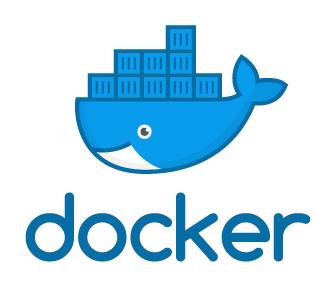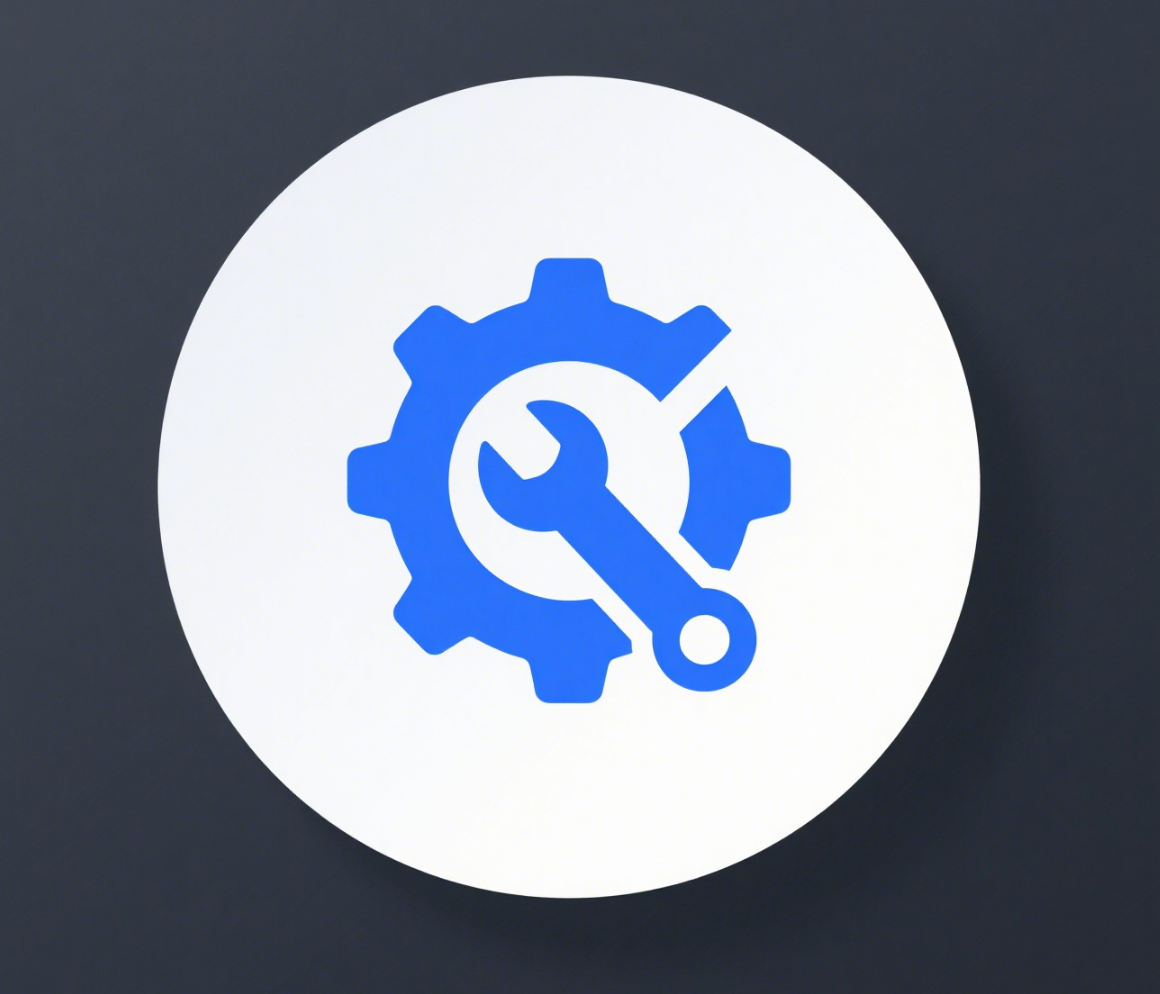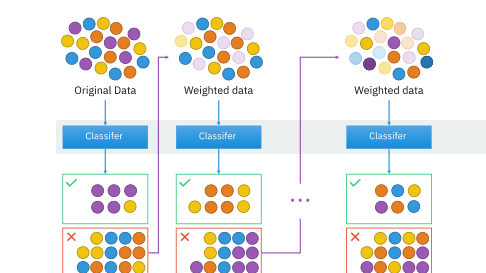OpenAI Link
OpenAI最核心的功能,就是它所提供的文本生成模型。模型经过训练可以理解自然语言、代码和图像。模型可以接受任意类型的输入,最终输出文本。
使用模型,你可以构建任意你所需要的AI应用程序,比如:
1.编写文案
2.编写编程代码
3.回答知识库问题
4.分析文本
5.日常助手
6.语言翻译
01第一个聊天程序 ChatCompletion的输入是一个message list,返回是一个chatCompletion对象,示例代码如下:
1 2 3 4 5 6 7 8 9 10 11 12 13 14 15 16 17 18 19 20 21 22 23 24 from openai import OpenAIclient = OpenAI(api_key="sk-" ) from dotenv import load_dotenv, find_dotenvload_dotenv(find_dotenv()) client = OpenAI() client = OpenAI( base_url = 'http://localhost:11434/v1' , api_key='---' , ) response =clinent.chat.completions.create( model = 'model_name' , messages=[ {"role" :"user" ,"content" :"quary" } ], ) print (response)print (response.choices[0 ].message.content)
参数
是否必填
数据类型
注释
model
必填
string
需要使用的模型ID。ollama list可以查看。openai里也有很多,还有就是阿里云的百炼平台也提供(有免费额度)
messages
必填
array
包括所有的对话列表。目前,openai提供的message role有:system、user、assistant、tool类型,用于区分是系统级别的消息、ai助手级别的消息、还是用户级别的消息。在许多场景下,需要包含历史记录,所以一般都会吧所有的用户问题和ai返回的消息,一起append到messages中,再进行下一次提问。
max_tokens
可选
integer or null
返回结果的最大token数量。可以降低一定的成本
tools
可选
array
模型可能调用的function call。最多支持128个function call。
logprobs
可选
boolean or null
是否输出结果的对数概率,如果为true,则返回消息内容中返回的每个输出标记的对数概率,默认值为false
top_logprobs
可选
map or null
修改指定token出现的可能性
n
可选
integer or null
模型返回结果数。默认值为1
02stream流式响应 1 2 3 4 5 6 7 8 9 10 11 12 response =clinent.chat.completions.create( model = 'model_name' , messages=[ {"role" :"user" ,"content" :"quary" } ], stream=True ) for chunk in response: if chunk.choice[0 ].delta.content is not None : print (chunk.choices[0 ].delta.content,end="" ) print (json.dumps(response.to_dict(),indent=4 ))
03messages对象 messages对象,它是一个对象数组,其中每个对象有一个role和一个content。user、assistant、tool。常用的就是system、user、assistant这3个。
messages中一个比较重要的知识点就是为了承接上下文,一般我们会把聊天记录都传递给模型,从而可以实现对历史记录的回答。
04seed参数
seed参数(类似一个随机种子) beta(测试阶段)
system_fingerprint:在response中,注意一下system_fingerprint的值,看看是否变化,如果没有变化,则表示是同样一次相同的会话。
1 2 3 4 5 6 7 8 response =clinent.chat.completions.create( model = 'model_name' , messages=[ {"role" :"user" ,"content" :"quary" } ], seed = 123 ) print (response.system_fingerprint)
默认情况下,openai会将结果以string的格式返回,我们可以通过response.choices[0].message.content获取该值,从而获取数据后进行其他函数调用。当然,你可以在messages中,通过system role或者在prompt中,指定返回json的格式,但是模型不能100%保证生成json对象的可靠性,也就是说,通过prompt指定返回json格式,有可能会获取到不是json格式的结果。
在GPT4和GPT3.5版本中支持使用respond_format,指定openai返回json对象格式,模型会保证结果是一个标准的json结构
1 2 3 4 5 6 7 response =clinent.chat.completions.create( model = 'model_name' , messages=[ {"role" :"user" ,"content" :"quary" } ], response_format=["type" :"json_object" ] )
06max_tokens openai的收费标准,也是按照输入输出的token数量进行收费的。
max_token 限制模型输出长度
1 2 3 4 5 6 7 8 9 10 11 12 13 14 15 16 17 18 from openai import OpenAIclient = OpenAI(api_key = "sk-" ) response = client.chat.completions.create( model = "gpt-4-0125-preview" , messages=[ {"role" :"user" ,"content" :"quary" } ], max_tokens=10 ) print (respones.choices[0 ].message.content)print ("input tokens:" + str (response.usage.prompt_tokens) + "output tokens:" + str (response.usage.completion_tokens) + "total tokens:" + str (response.usage.total_tokens) ) print (response.choices[0 ].finish_reason)
07logprobs&top_logprobs 模型response返回的内容,每一个token,都会有一个自己的logprobs,最终返回所有的内容给用户。
logprobs,称之为对数概率,如果您设置位true,模型将显示生成的每个token概率。返回值的概率约接近100%,则代表模型的对于该问题的回答越有信心。
top_logprobs,取值范围为0-20,指定每个token位置最有可能返回的标记数量以及每个token的对数概率
由于对数概率的数值,一般人难以看懂,我们还是比较适合看百分比的数据,所以为了直观感受数值,我们需要将对数概率转换成百分比数值
1 2 3 4 5 def lograbs_to_percentage_str (logprobs ): """ """
1 2 3 4 5 6 7 8 9 10 11 12 13 14 15 16 17 18 from openai import OpenAIclient = OpenAI(api_key = "sk-" ) response = client.chat.completions.create( model = "gpt-4-0125-preview" , messages=[ {"role" :"user" ,"content" :"quary" } ], ) print (respones.choices[0 ].message.content)print ("input tokens:" + str (response.usage.prompt_tokens) + "output tokens:" + str (response.usage.completion_tokens) + "total tokens:" + str (response.usage.total_tokens) ) print (response.choices[0 ].finish_reason)
新的结构化输出功能旨在确保模型生成的输出与提供的JSON格式匹配。
1 2 3 4 5 6 7 8 9 10 11 12 { "type" : "object" , "properties" : { "name" : {"type" : "string" }, "age" : {"type" : "integer" }, "email" : {"type" : "string" , "format" : "email" } }, "required" : ["name" , "age" , "email" ] }
设置API请求
1 2 3 4 5 6 7 8 9 10 11 12 13 14 15 16 17 18 19 20 21 def generate_profile (): schema = { "type" : "object" , "properties" : { "name" : {"type" : "string" }, "age" : {"type" : "integer" }, "email" : {"type" : "string" , "format" : "email" } }, "required" : ["name" , "age" , "email" ] } response = openai.Completion.create( model="gpt-3.5-turbo" , prompt="Generate a user profile:" , response_format={"json_schema" : schema}, max_tokens=100 ) return response['choices' ][0 ]['message' ]['content' ] print (generate_profile())
将函数调用与结构化输出一起使用 利用结构化输出的另一种方法是通过函数调用。这种方法允许您根据提供的模式定义模型可以调用的特定函数。以下是实现方法:
1 2 3 4 5 6 7 8 def create_user_profile (name, age, email ): return { "name" : name, "age" : age, "email" : email }
1 2 3 4 5 6 7 8 9 10 11 12 13 14 15 16 17 18 19 tools = [ { "type" : "function" , "function" : { "name" : "create_user_profile" , "description" : "Create a user profile with name, age, and email." , "parameters" : { "type" : "object" , "properties" : { "name" : {"type" : "string" }, "age" : {"type" : "integer" }, "email" : {"type" : "string" , "format" : "email" } }, "required" : ["name" , "age" , "email" ] } } } ]
1 2 3 4 5 6 7 8 9 10 11 12 13 14 15 16 import jsonschemafrom jsonschema import validatedef validate_profile (profile, schema ): try : validate(instance=profile, schema=schema) print ("Profile is valid." ) except jsonschema.exceptions.ValidationError as err: print ("Profile is invalid:" , err) profile = generate_profile_with_function_calling() validate_profile(json.loads(profile), schema)
附录 开源项目 chat with sql 缺陷在schema上,LLM上下文窗口是有长度限制的, 后续会进行优化





